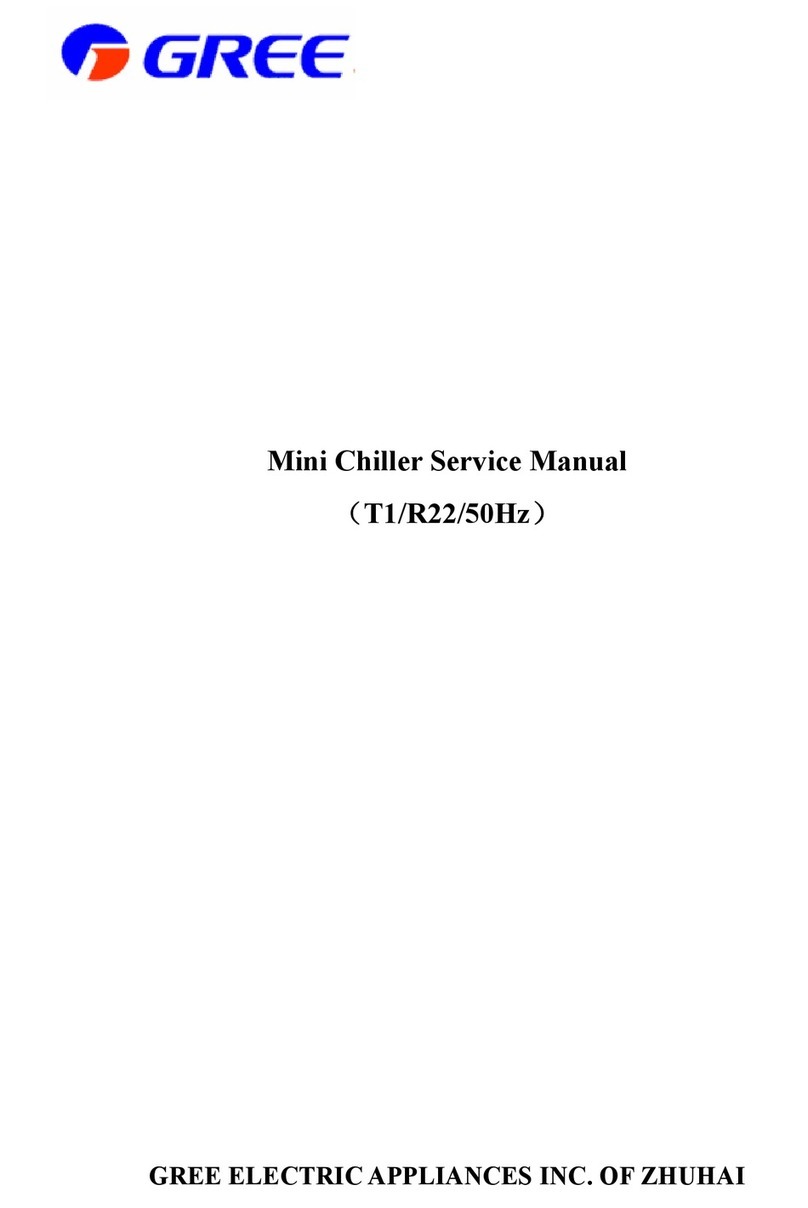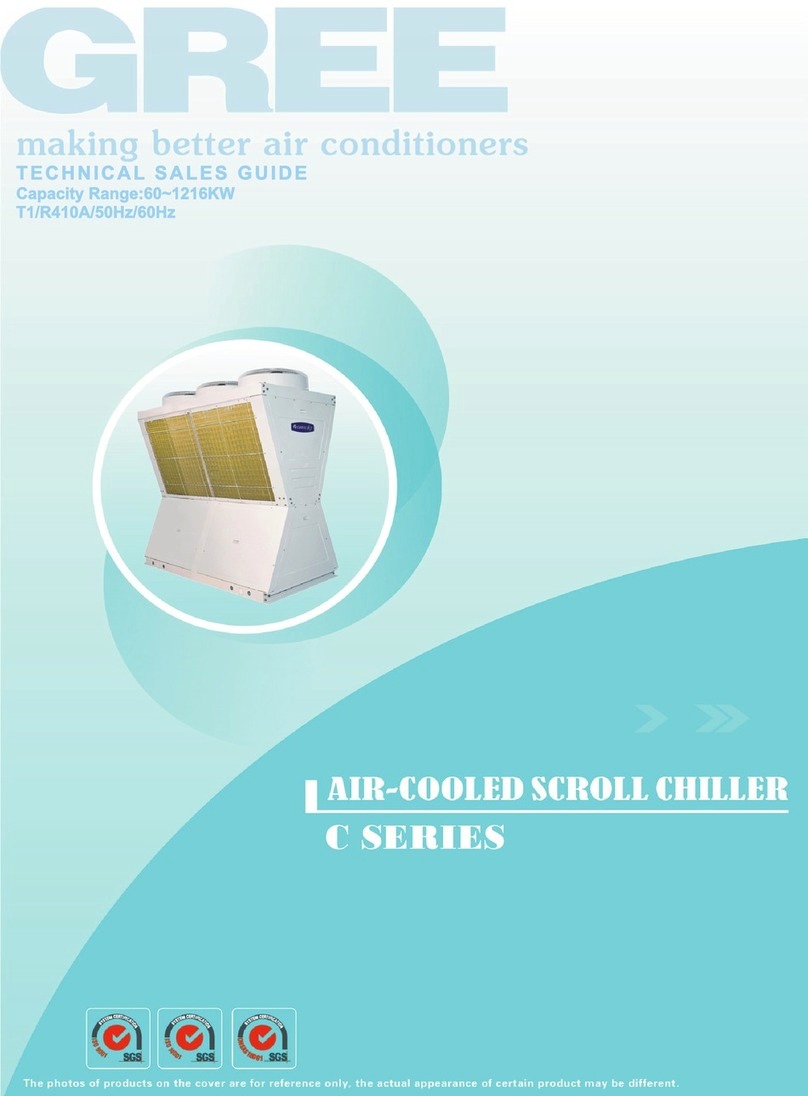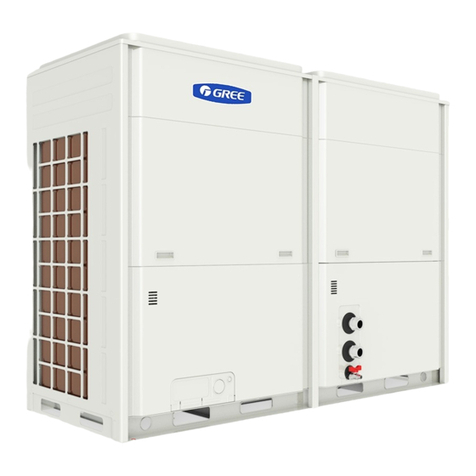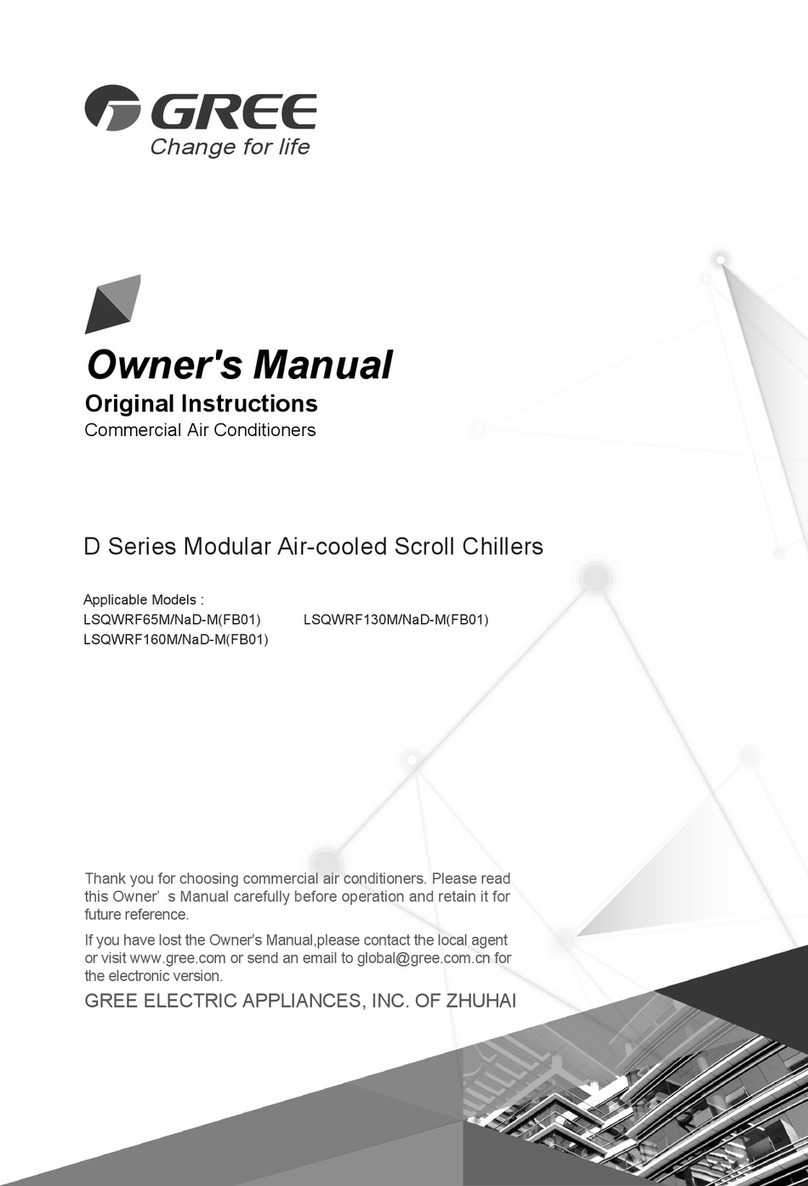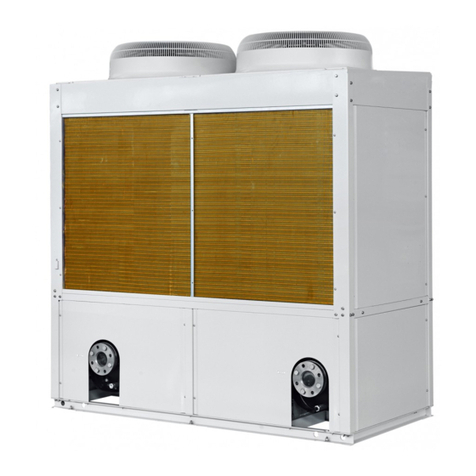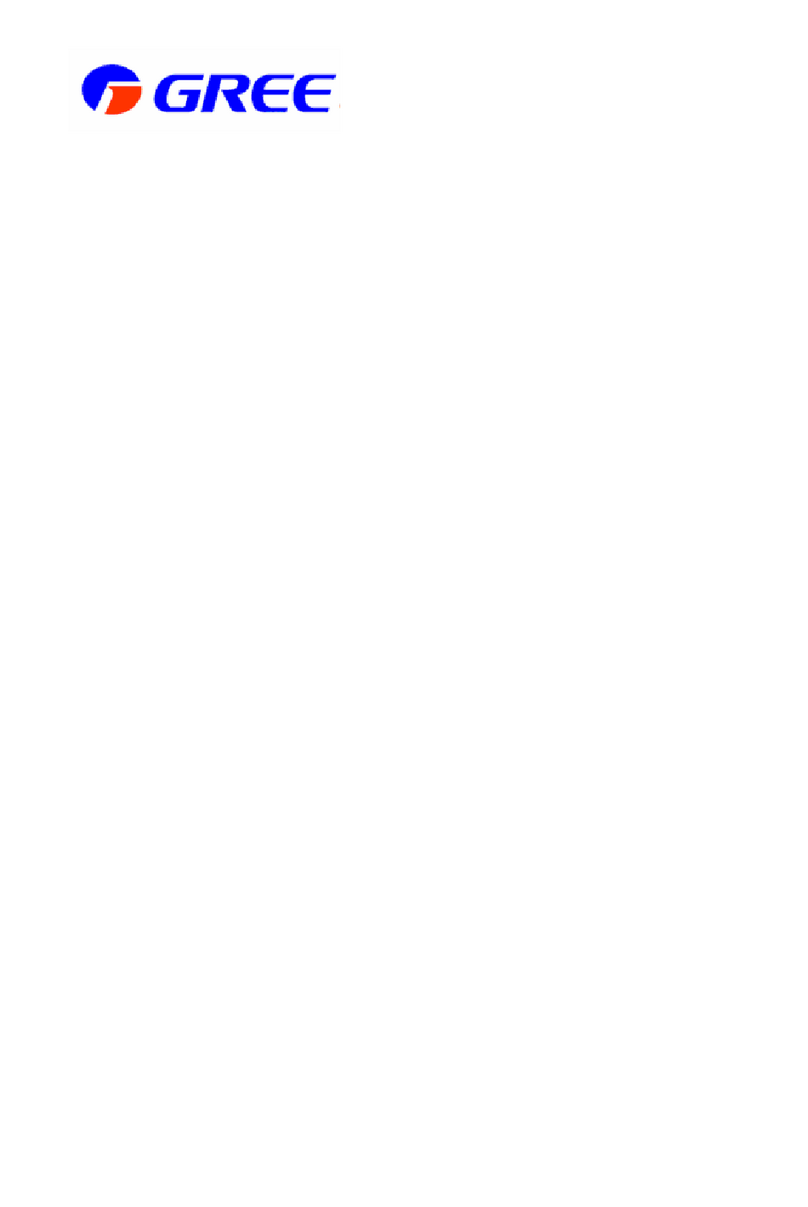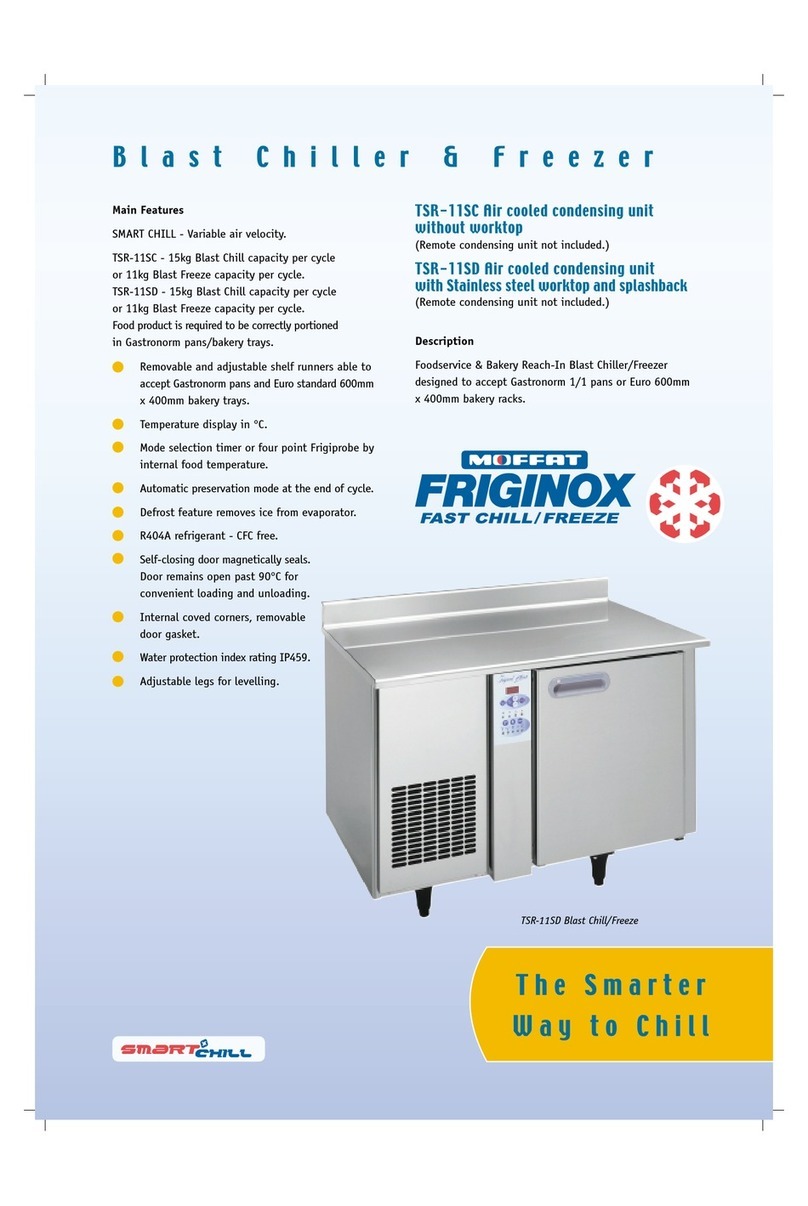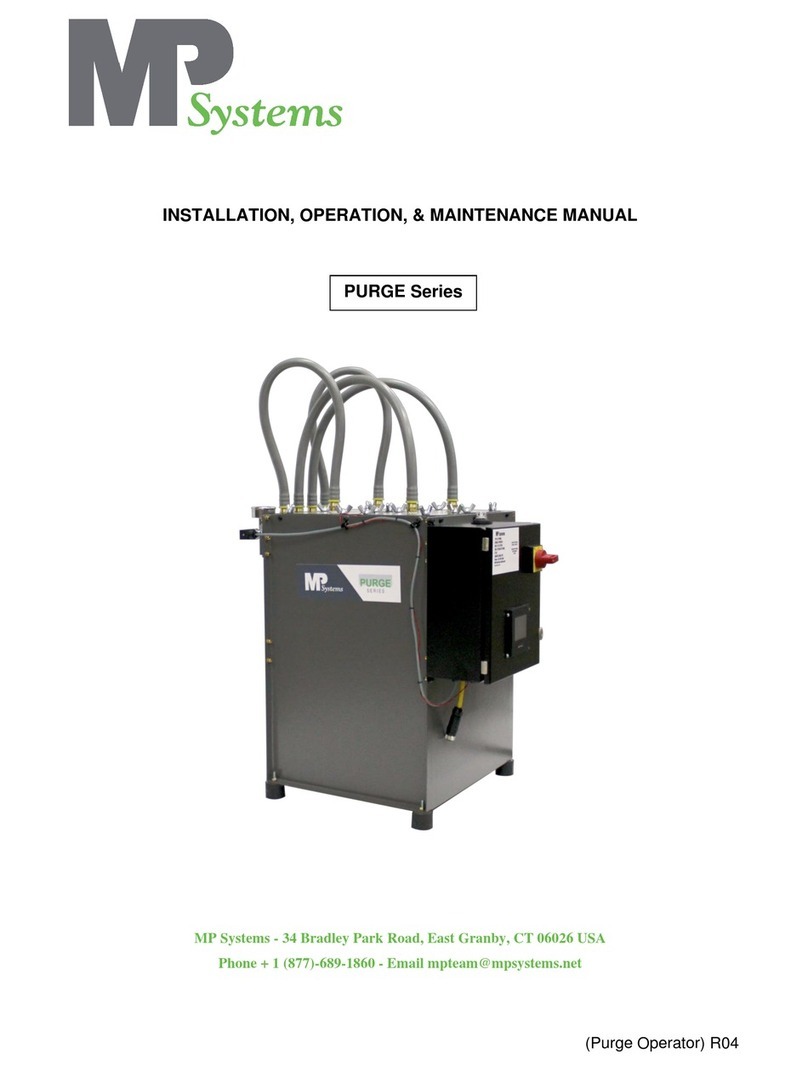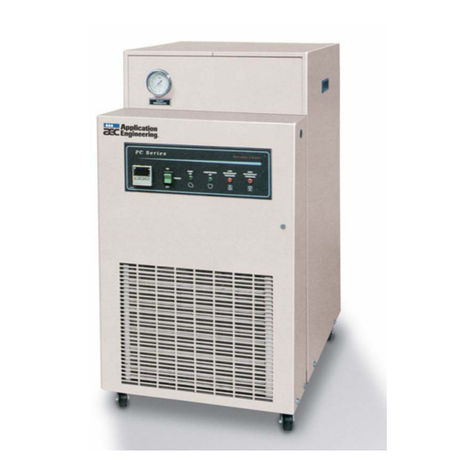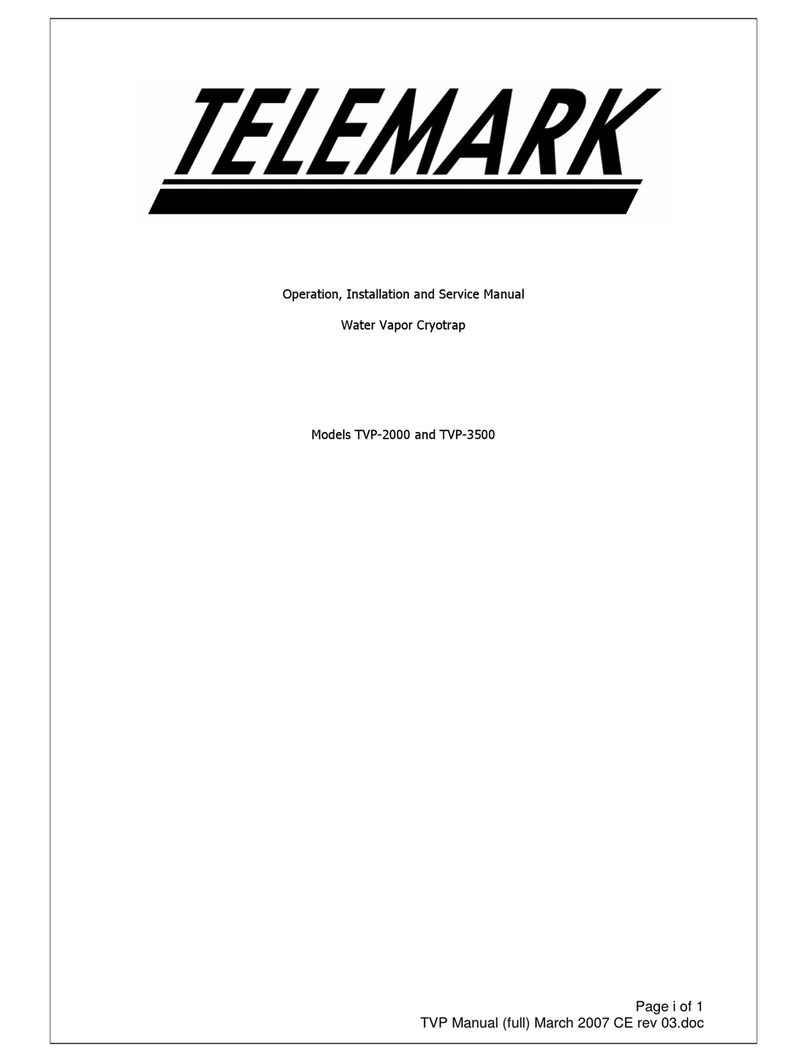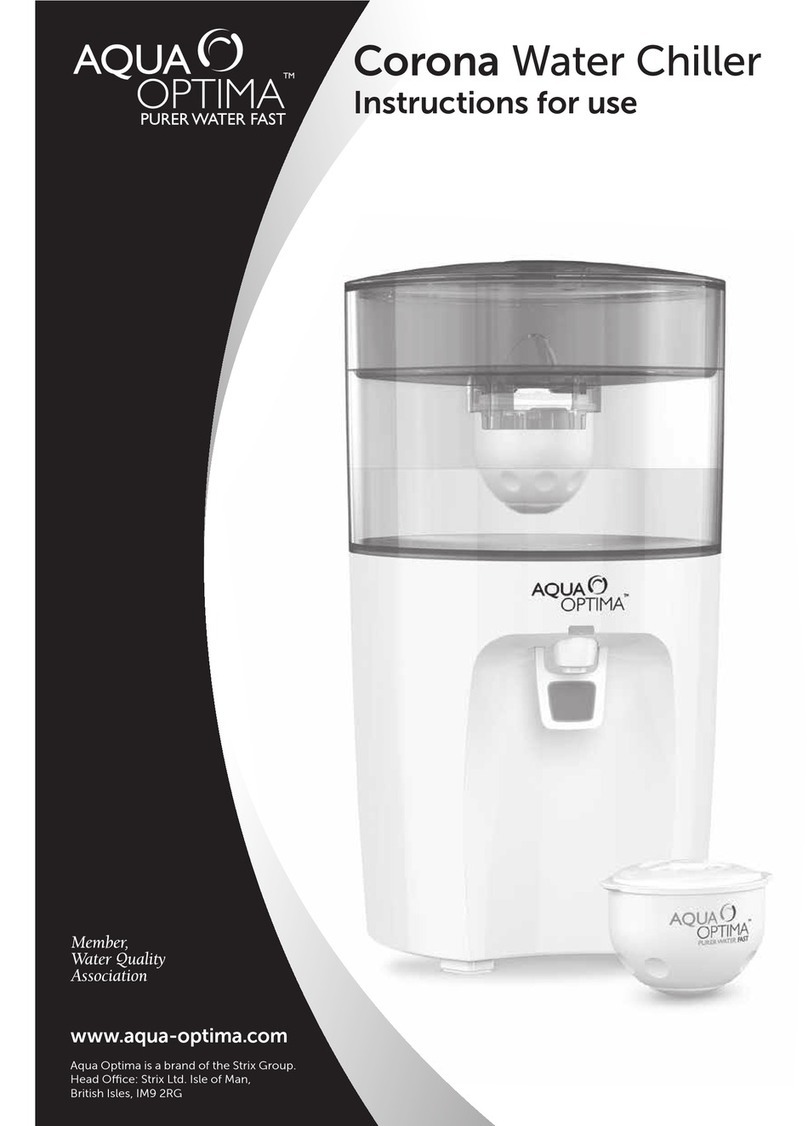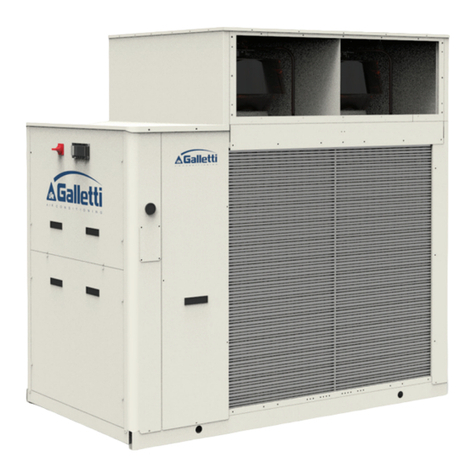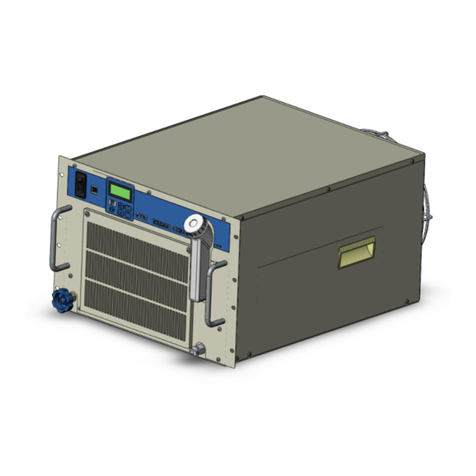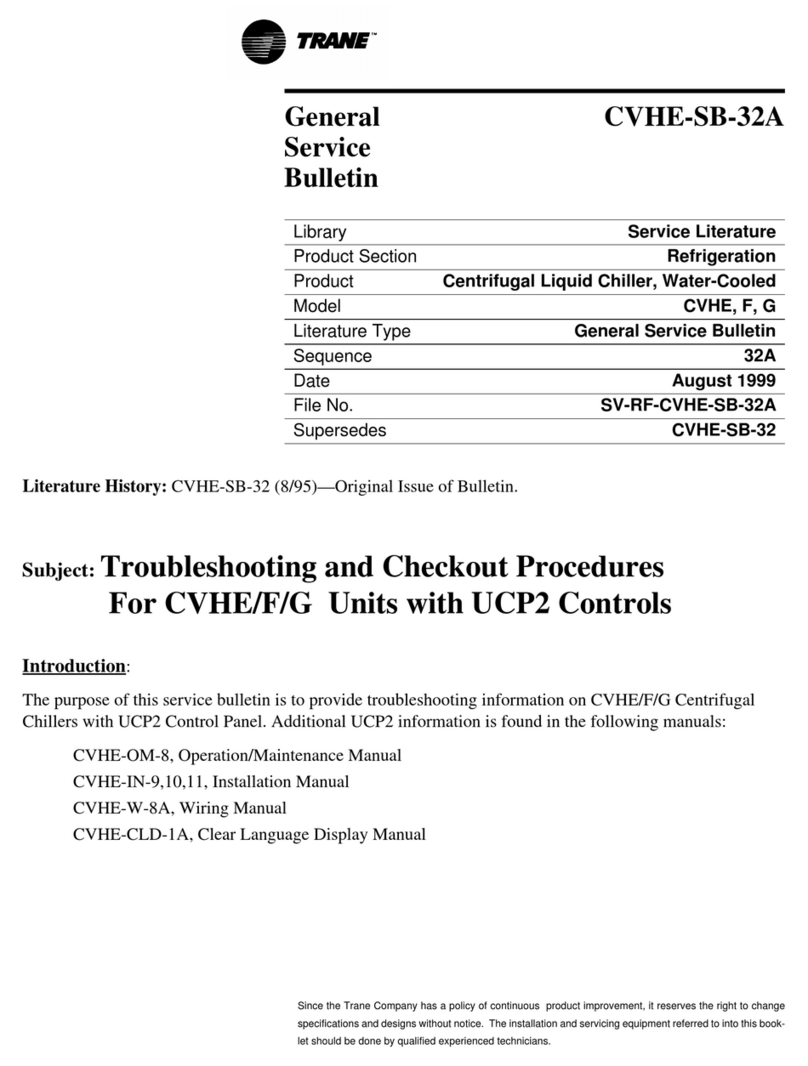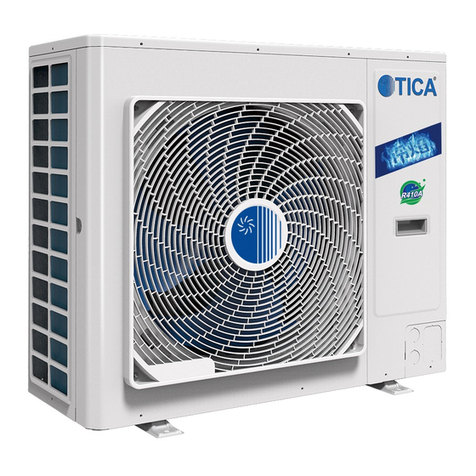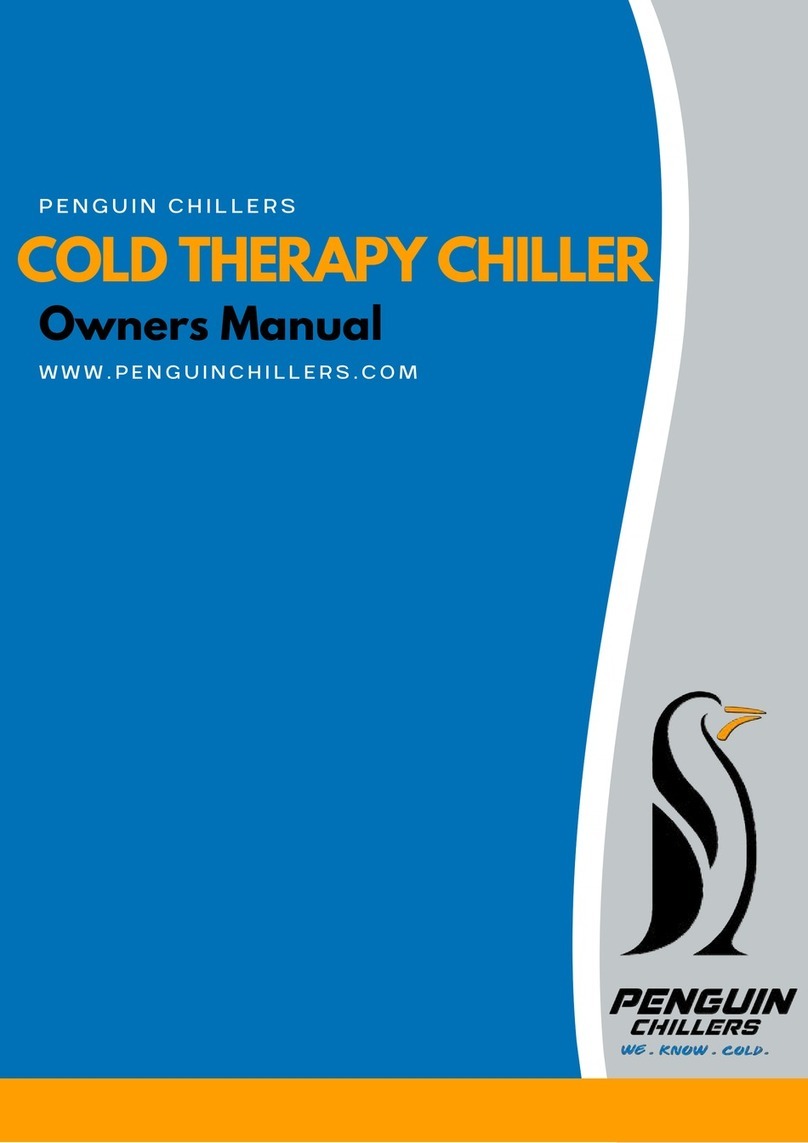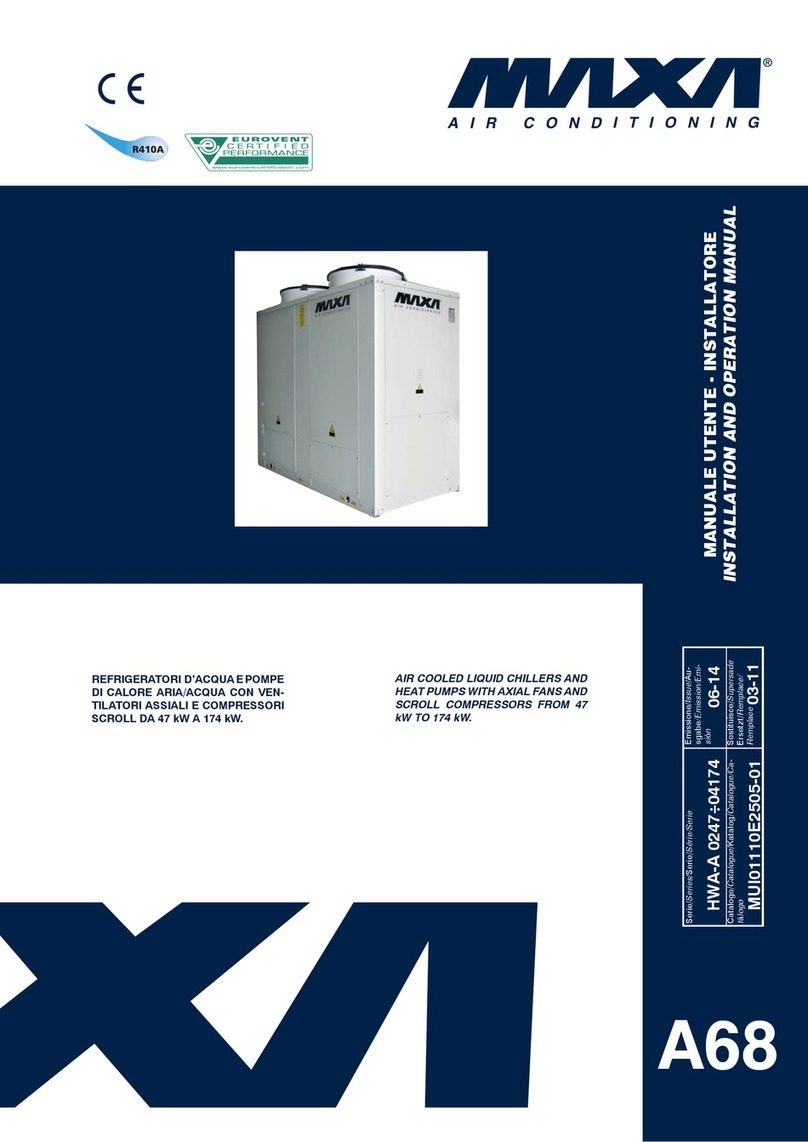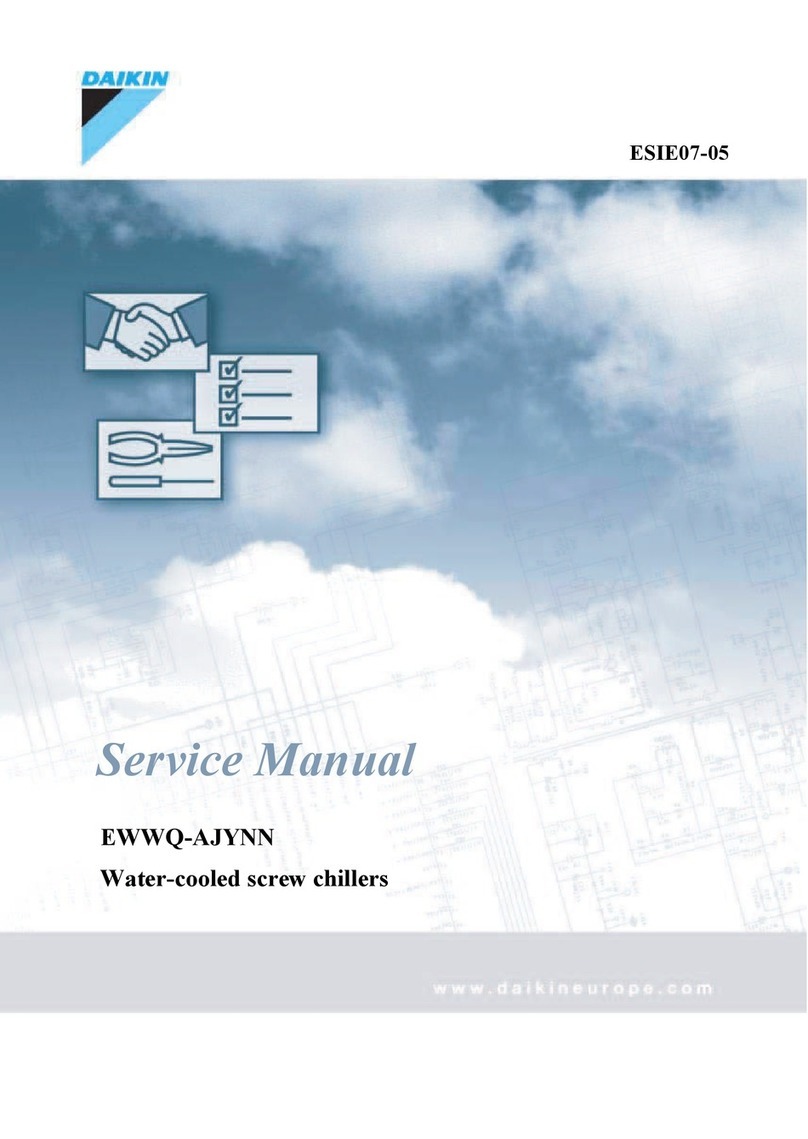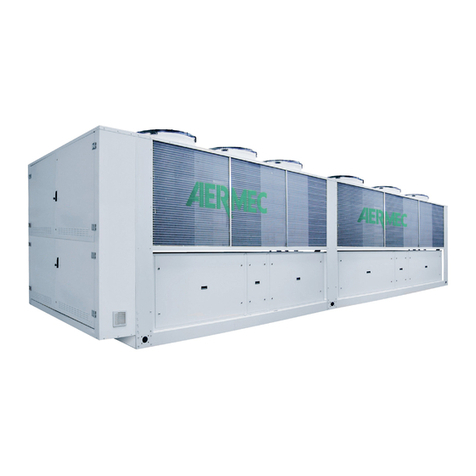
4.3 Installation environment ........................................................................65
4.4 Installation and service space...............................................................65
4.5 Installation foundation...........................................................................66
4.6 Handling and lifting ...............................................................................66
4.7 Placement of the main unit ...................................................................67
5 Piping and insulation....................................................................................68
5.1 Installation of the water system.............................................................68
5.2 Requirements on piping ........................................................................70
5.3 Installation of the expansion tank..........................................................78
5.4 Installation of condensate pipes............................................................79
6 Electric wiring...............................................................................................81
6.1 Safety precautions ................................................................................81
6.2 Control concept.....................................................................................81
6.3 Specication of power supply................................................................83
6.4 Wiring of the electric control cabinet .....................................................84
6.5 Filed wiring............................................................................................86
6.6 Networking and wiring between units....................................................87
6.7 Electric wiring digram............................................................................89
6.8 Jumpers................................................................................................91
TEST OPERATION, TROUBLESHOOTING AND MAINTENANCE ................93
1 Commissioning ............................................................................................93
1.1 Flowchart of commissioning..................................................................93
1.2 Safety precautions for commissioning...................................................93
1.3 Preparation before commissioning........................................................93
1.4 Check before commissioning ................................................................94
1.5 Check for initial run ...............................................................................95
2 Troubleshooting ...........................................................................................97
2.1 View on errors.......................................................................................97
2.2 Error list ................................................................................................99
2.3 Errors identifying of systems...............................................................100
2.4 Flow chart of troubleshooting..............................................................102
2.5 Error identifying of controller ...............................................................107
